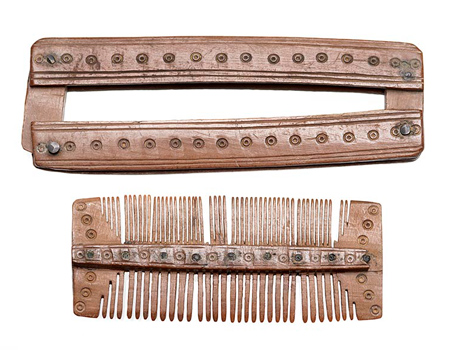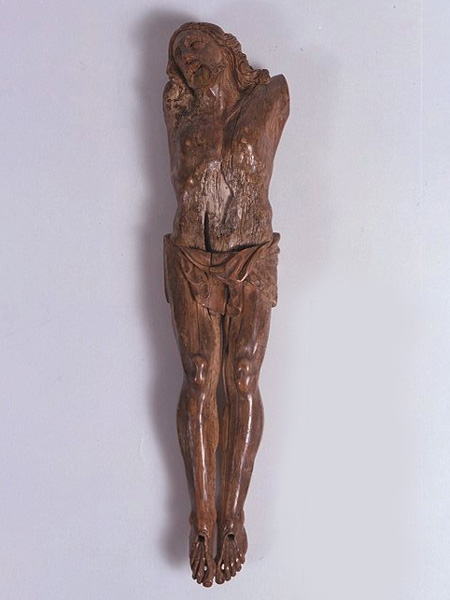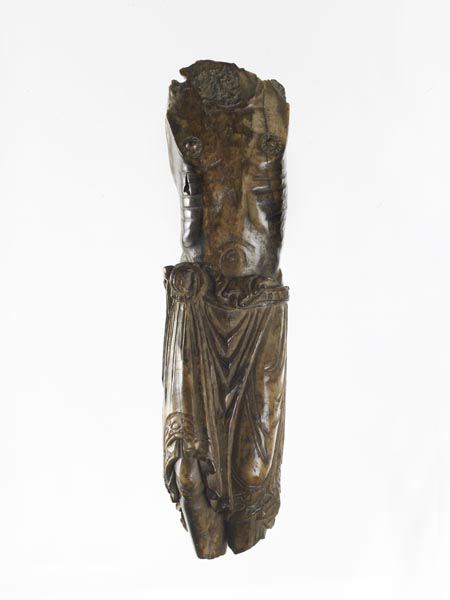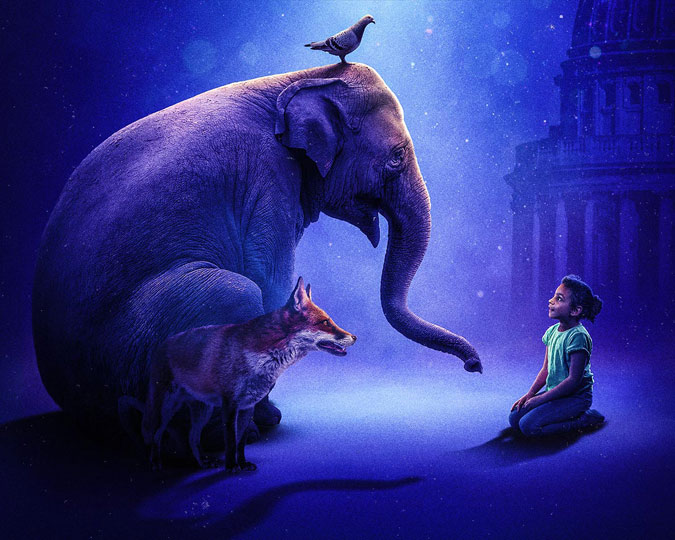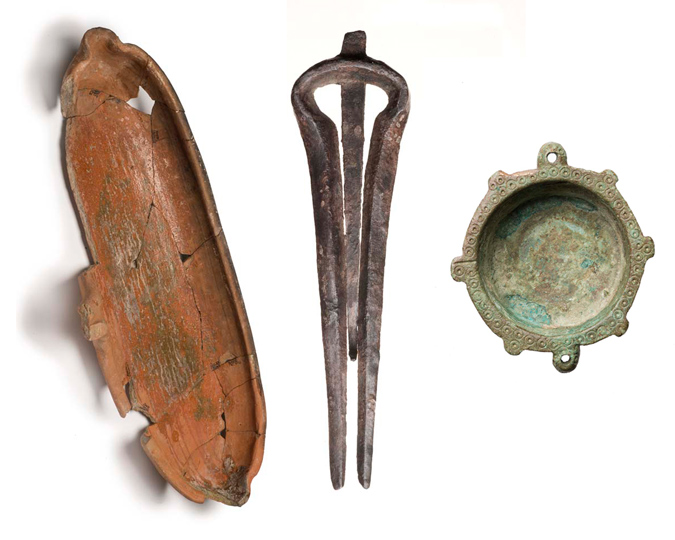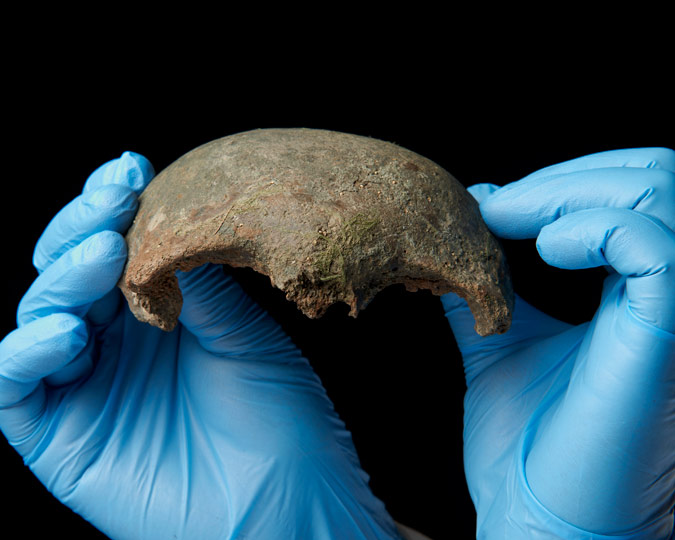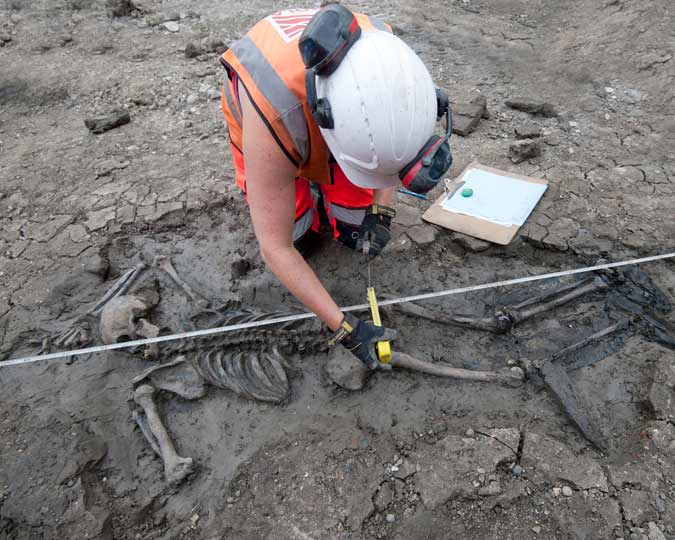Meriel Jeater, curator and Luisa Duarte, conservator, tell us about the identification and use of animal materials in history.
What are your things made of?
The items that we surround ourselves with, from the every day, such as combs, to the special, like our jewellery can reveal details of both our personal lives and the society that we live in.
Experts in archaeology apply this thinking to items unearthed from the past, both the recent and historic past. The annual Festival of Archaeology sheds light on the practice and the Museum of London is focusing a weekend of activities for all ages centred on animals and archaeology.
Bone
Bone, walrus or elephant ivory, and antler were materials used to make objects in the past, many of which we would make today from plastic. Bone was used for items such as combs, like the comb and case pictured, which is on display in our Medieval Gallery at the Museum of London. The carrying case is decorated with a circle and dot design, and one end pivots so that the case can be opened to get the comb out.
More curious items were made of bone, such as a pair of bone spectacle frames from the 15th century. These spectacles were fitted with convex lenses for reading, and reading glasses like this may have become more common around the 15th century when printed books began to appear.
Ivory
This figurine of Christ was made of elephant ivory in the 1500s and is believed to be of Portuguese origin. Its arrival in London shows a trade route: from the supply of elephant ivory to its sale and possession in the UK. Trade in elephant ivory is now strictly controlled in the UK. The Ivory Act 2018, which will come into force in 2019, bans dealing in ivory items, as well as in the import and export of such items.
Similarly, this crucifix made of walrus ivory from the early medieval period tells us something about trade at the time. Around the 12th century walrus tusks from the Arctic seas were brought to northern Europe by traders from Scandinavia at a time when trade in the Mediterranean had slowed down and elephant ivory from Africa or India wasn't as widely available.
Antler
Antler, the horns of deer, was also used as a material in the medieval period. Male deer shed their antlers every year and so antlers could be collected and made into objects without harm to the animal, unlike with some other animal materials.
How are animal products used today?
Animal products are still in use today, particularly in clothing and textiles: wool, leather, fur. The ethics of their use is hotly debated, and some people are choosing to avoid using animal products as far as possible. Veganism is becoming more commonplace: four times more of the UK’s population is vegan today than they were in 2014.
With the rise of veganism has followed the availability of non-food products made without animal products such as shoes and cleaning products. Nevertheless, the use of other materials, such as plastics, is now also under scrutiny and as a society, we are interrogating more and more what our things are made of, where they have come from and who made them.
As a society, we have moved on from thinking about the convenience and ease of production of materials alone and started thinking more about their sustainability and environmental impact. Perhaps the archaeologists will see these trends and stories from items they find in digs of the future.








